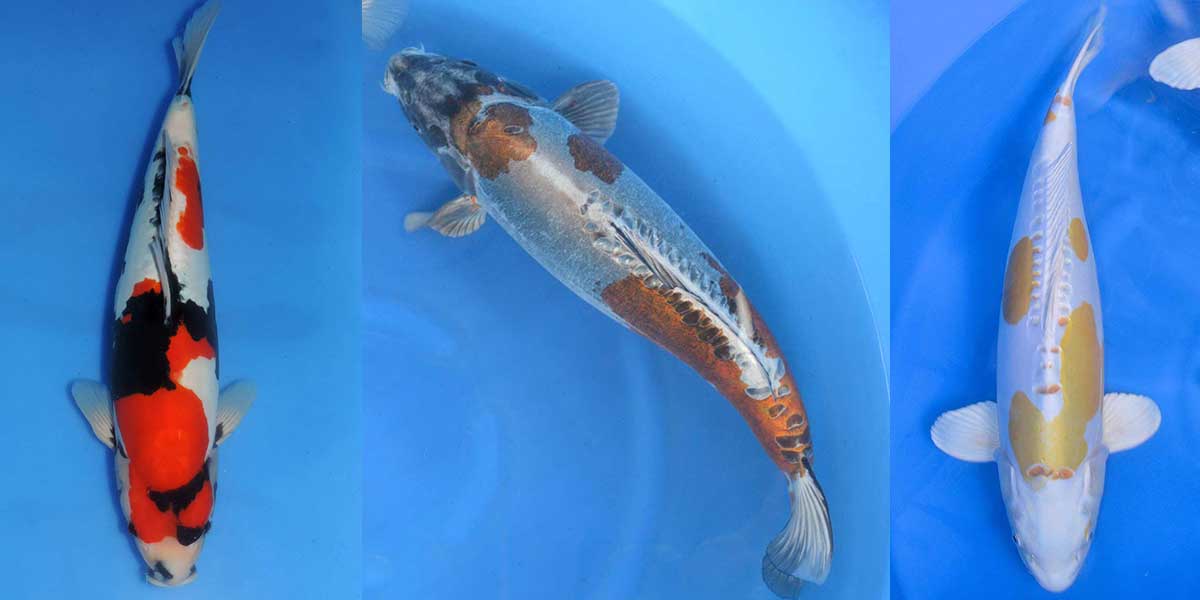
In this article, you will learn:
- What is the Doitsu variety?
- History
- Checklist for Doitsu appreciation
- Famous breeders of Doitsu varieties
What is the Doitsu variety?
Doitsu are Koi with few or no scales. It is an old, yet new group of varieties in Koi history. The first Doitsu Koi was developed more than 100 years ago, but new versions keep coming from this group because their scaleless characteristic can be crossed with almost any variety, like Ginrin (diamond scales), for example.
History of Doitsu
Koi are a kind of carp. Carp are food source in many countries. Scaleless carp were originally developed in Germany for ease of cooking. In 1904, the scaleless carp was imported to Japan as a new food source. By the way, because scaleless carp were developed in and imported from Germany, they are called Doitsu. As you may imagine, Doitsu comes from the word “Deutsche”.
Mr. Kichigoro Akiyama came up with the idea to cross the scaleless food carp with Japanese scaled Koi. Can you guess which Japanese scaled variety he crossed with scaleless carp?
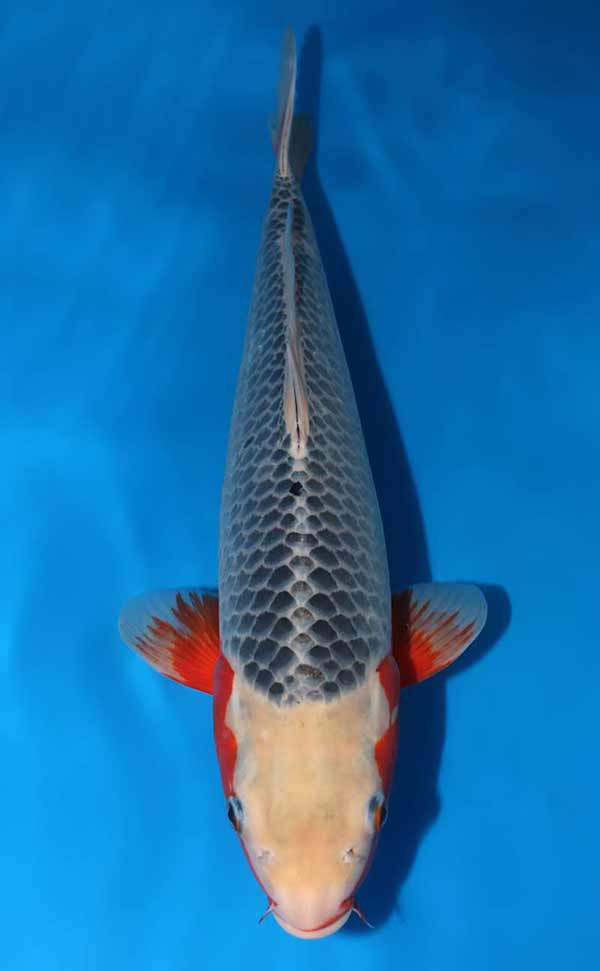
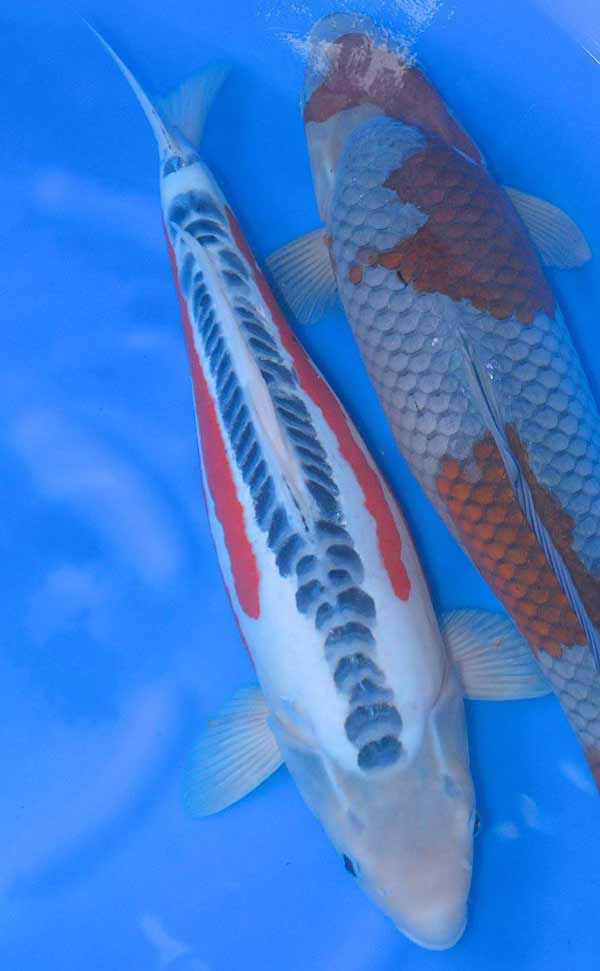
Find a Doitsu Koi to Add to Your Pond
We have many varieties of Doitsu and hope that you will take a moment to find the right one that will be a beautiful addition to your koi pond. At Kodama Koi Farm we have many koi for sale, but we highly recommend you add Doitsu to your pond for their sheer unique beauty and history.
Click the button to see the Doitsu Koi we have available.
Checklist for Doitsu appreciation
To appreciate Doitsu, let’s pay attention to the following:
- Scales
- Excellence of its original scaled variety
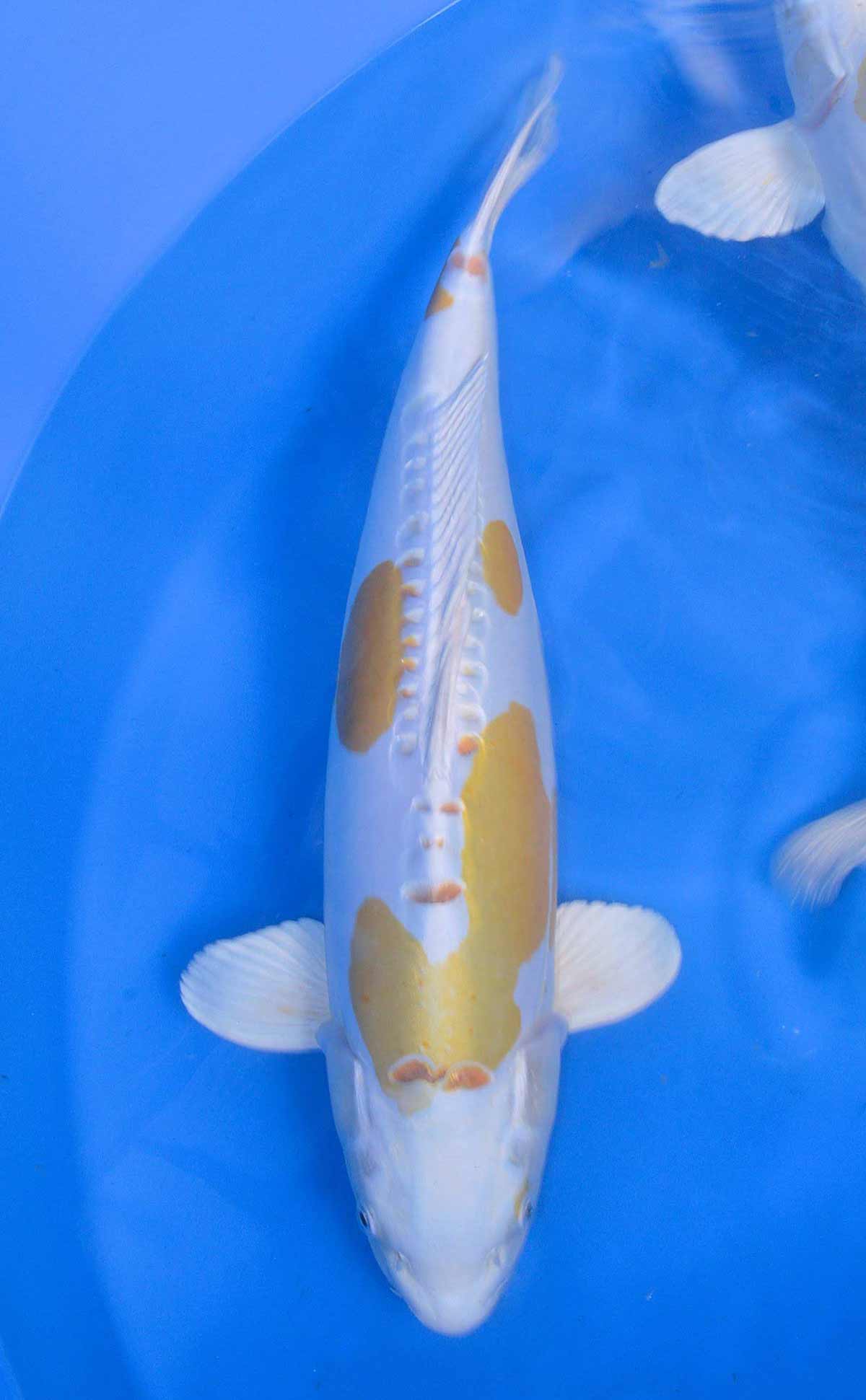
1. Scales
It may sound strange to pay attention to scales when we look at a scaleless Koi. But because Doitsu has less scales, how those scales are laid out affects its total beauty. One irregular scale at a wrong place could ruin the beauty of perfect Koi.
Koi in Doitsu variety group can have scales on the back along the dorsal fin and on the lateral lines of the body. If there are scales, they should line up all the way in consistent size of scales.
If you think about it, it is such a challenge to have the perfect layout of scales in Doitsu. No matter how perfect everything else is, in Doitsu, one wrong scale can ruin the entire beauty. We call those offending scales “Muda goke”. Therefore, nowadays, it seems that breeders try to breed Doitsu with as few scales as possible. It is easier to breed Koi with less scales than to breed them with perfect scale layout.
2. Excellence as its original scaled variety
After examining the quality of the Doitsu scalations, we now go back to the basics of each variety. For example, if it were Doitsu Kohaku, after checking the Doitsu quality, you need to see the Koi as regular scaled Kohaku and check the quality of Hi and Shiroji and the balance of the two colors.
Any Doitsu is a scaleless version of a scaled Koi. So it is critical to appreciate the original scaled variety. This means you may need a little more knowledge and experience to fully appreciate Doitsu varieties.
I remember almost 25 years ago when I first started working for my father. It was about the time when Heisei Nisihki came out and gained a lot of popularity. Heisei Nishiki is a Doitsu version of Yamato Nishiki. Yamato Nishiki is metallic version of scaled Sanke. In other words, Heisei Nishiki is Doitsu Metallic Sanke.
For some reason, I never liked Yamato Nishiki maybe because their Sumi were always weak on the metallic body. But as soon as I saw Heisei Nishiki, I could not believe how beautiful a Koi can be simply by turning the scaled skin into leather skin. The shine of the body went very well with the three colors of Sanke.
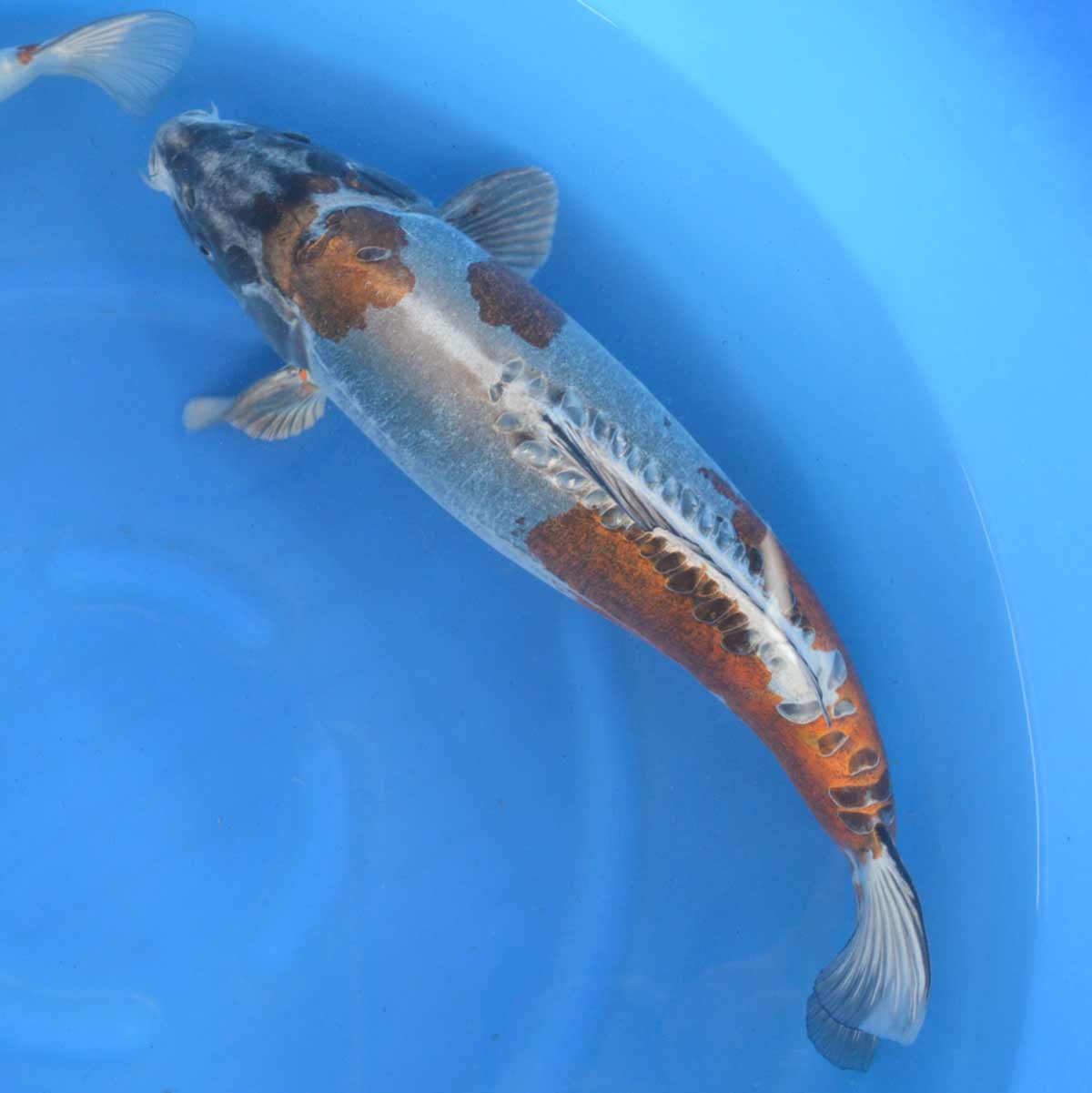
Famous breeders of Doitsu
It is hard to recommend specific Koi breeders for Doitsu because they can be in any variety and the cost of production is as much as scaled Koi; but here are some suggestions:
- Koshiji Koi Farm is a good place to start. You can always find good selections of Doitsu there. Mr. Koshiji is also the one who developed Doitsu Goshiki and Doitsu metallic Ochibashigure, and he is always coming up with new varieties.
- Aokiya Koi Farm is a must-see breeder if you are a Doitsu freak. His Lemon Hariwake and other Doitsu are simply breathtaking.
- Marusaka Koi Farm in Niigata always carries a wide range of Doitsu for very reasonable prices.
- Hiroi Koi Farm and Shinoda Koi Farm breed outstanding masterpieces of Doitsu Showa.
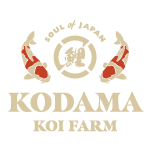
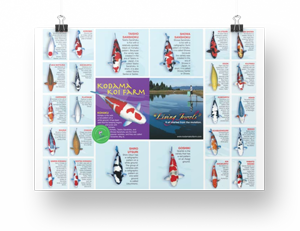

I bought a beautiful Doitsu Showa from you last year…probably my favorite fish!
We are so glad that you are happy with your purchase, our business mission is to make everyone happy with koi.
Beautifully explained and written, thanks for everything you and your family have done for the koi enthusiast in this country, I personally have a Doitsu that was purchased thru you in my pond and they are truly breathtaking, thanks again.
Thank you for your kind words and we are so glad you are happy with your purchase.
I recently lost my 25yr old Hajiro.
Are Hajiro always Doitsu?
Hi, Hajiro can be regular scaled and doitsu, too.
Thanks for the article very informative